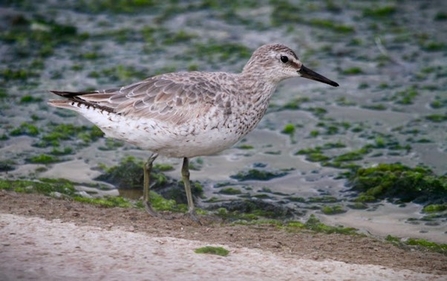
The first knot since 2018 spent the day on Lockwood pic @Chris_Farthing
A redshank stayed for three days on Lockwood pic @Elliott81758817

The first knot since 2018 spent the day on Lockwood pic @Chris_Farthing
The first knot for six years - and perhaps the first ever in summer - was the highlight of a month which is good enough to merit its own round-up rather than merging it as usual with July. Kittiwake, now becoming a regular visitor and coal tit were also added to the year list along with black-tailed godwit. The four additions take the annual total to 127, four less than last year but four ahead of the figure at the end of July in 2022.
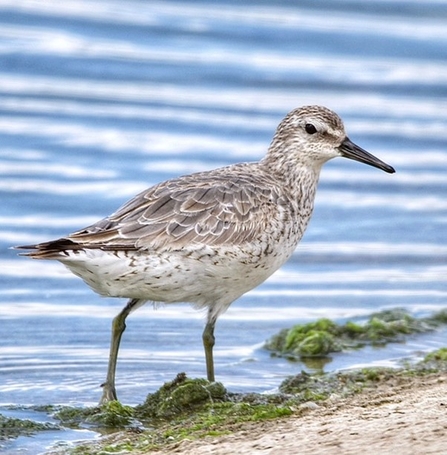
This knot was a patch tick for quite a few regulars pic @HarringayBirder
While there was not much to cheer over our breeding wildfowl, it continues to be an exceptional year for waders with nine species recorded in what should be a very quiet month. The stand-out bird was a tame knot found by TR on the 19th which spent the day on the public side of Lockwood. Its rare appearances are normally associated with ice and snow not the height of summer with the last record during the freezing weather in March 2018.
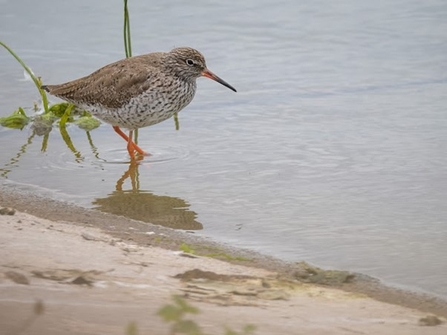
A redshank stayed for three days on Lockwood pic @Elliott81758817
A greenshank also put in an unexpected appearance for two days from the 11th on Lockwood. The first black-tailed godwit of the year - a species which has oddly become much scarcer over the last couple of years - flew round Lockwood on the 30th before returning north. More expected were the oystercatcher on the 12th, single lapwings on the 18th and 21st, the adult little ringed plover on the 22nd and the redshank which enjoyed a three-day stay from the 7th.
Common sandpipers showed remarkable consistency with the last Spring record on the 2nd and the first returner on the 21st - exactly the same dates as in 2023. Green sandpiper was hardly less predictable with the first on the 19th, just a day earlier than the year before.
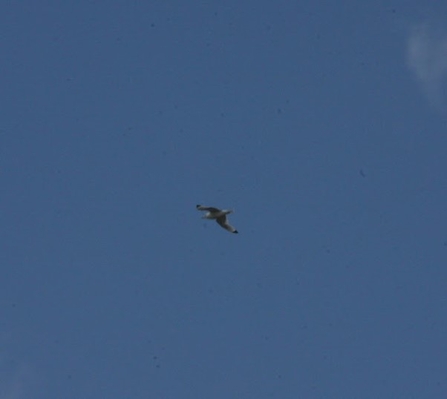
An adult kittiwake passed over the Wetlands pic @AC
June also the continuation of the good year for gulls and terns. The first kittiwake of the year was photographed by a visiting American birder AC on the 9th. It is the fifth consecutive year this marine gull has been recorded compared to just twice in the previous decade. Two sandwich terns - the third and fourth birds of the year after not being recorded at all in 2023 - were found by CF on the 19th. Given that knot and green sandpiper were also recorded, the 19th was a good day for any time of the year let alone mid-June.
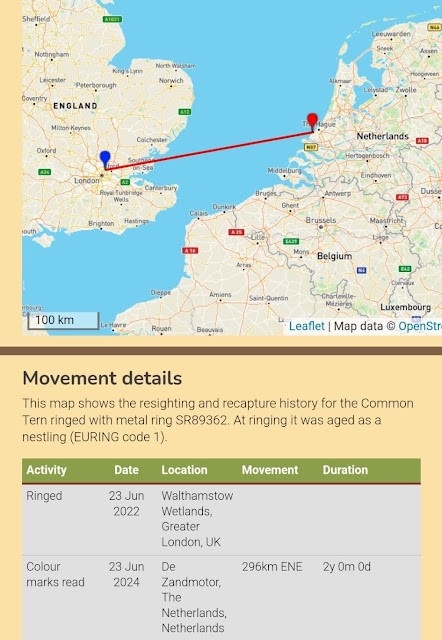
The hard work in building and putting out the rafts and decoys on West Warwick has paid off handsomely with an estimated ten pairs of common terns breeding. This is double last year's total and is especially important given it seems to have been a poor year for the species elsewhere in the Lea Valley. This month also saw news that a young tern ringed on the West Warwick rafts two years ago was seen this month in a mixed tern colony at De Zandmotor, the Netherlands, 300 kilometres away.
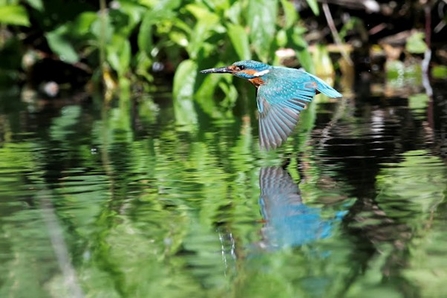
Kingfishers were hard at work breeding pic @giles_greenwood
For the second year running, peregrine records were notably scarce this summer although a pair are nesting not far away. A red kite was seen on the 15th and hobby on the 10th and 24th. Within hours of young kingfishers fledging from their nest on the small island on No 5, the parents could be seen excavating a new tunnel for a second attempt in the same area.
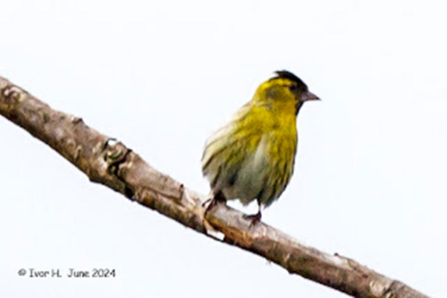
A siskin put in a surprise appearance pic @IvorHewstone
CF added the elusive coal tit to the annual list on the 7th when he recorded an unseen singing bird on West Warwick and went one better when he saw perhaps the same individual on the 26th. An unseasonal siskin was photographed by the No 1 reed bed on the 12th with presumably the same bird again seen nearby on the 24th.